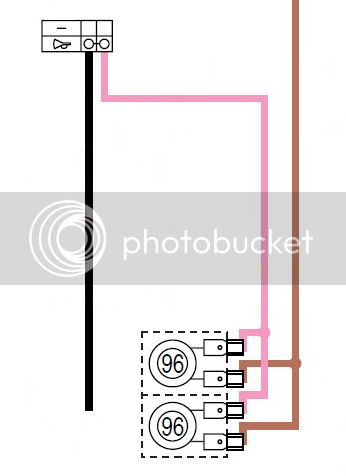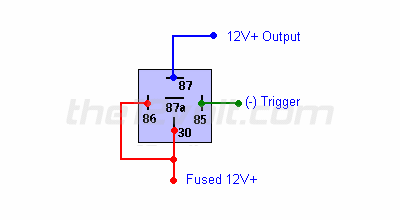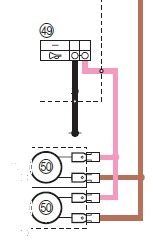gregory
Great things are afoot
Greetings,
I have installed a set of Kristas and have hooked up the full on bright to the high beams/flash to pass. I was getting ready to hook up the full on bright to go with the horn, but got a bit concerned with the fact that I have power to the horn without engaging the horn. As a professional at letting the smoke out of wires, I figured I better ask. I am assuming that pressing the horn button completes the circut by grounding it, as there is already power to the other side of the horn. (one side lights up the test probe and the other only lights up when I press the horn button.)
TIA,
Greg
I have installed a set of Kristas and have hooked up the full on bright to the high beams/flash to pass. I was getting ready to hook up the full on bright to go with the horn, but got a bit concerned with the fact that I have power to the horn without engaging the horn. As a professional at letting the smoke out of wires, I figured I better ask. I am assuming that pressing the horn button completes the circut by grounding it, as there is already power to the other side of the horn. (one side lights up the test probe and the other only lights up when I press the horn button.)
TIA,
Greg



























![fjackets Real Lambskin Leather Biker Jacket — Quilted Cafe Racer Zip Up Moto Leather Jackets For Men | [1100085] Johnson Brown, XL](https://m.media-amazon.com/images/I/41I7Pm1f+vL._SL500_.jpg)







































